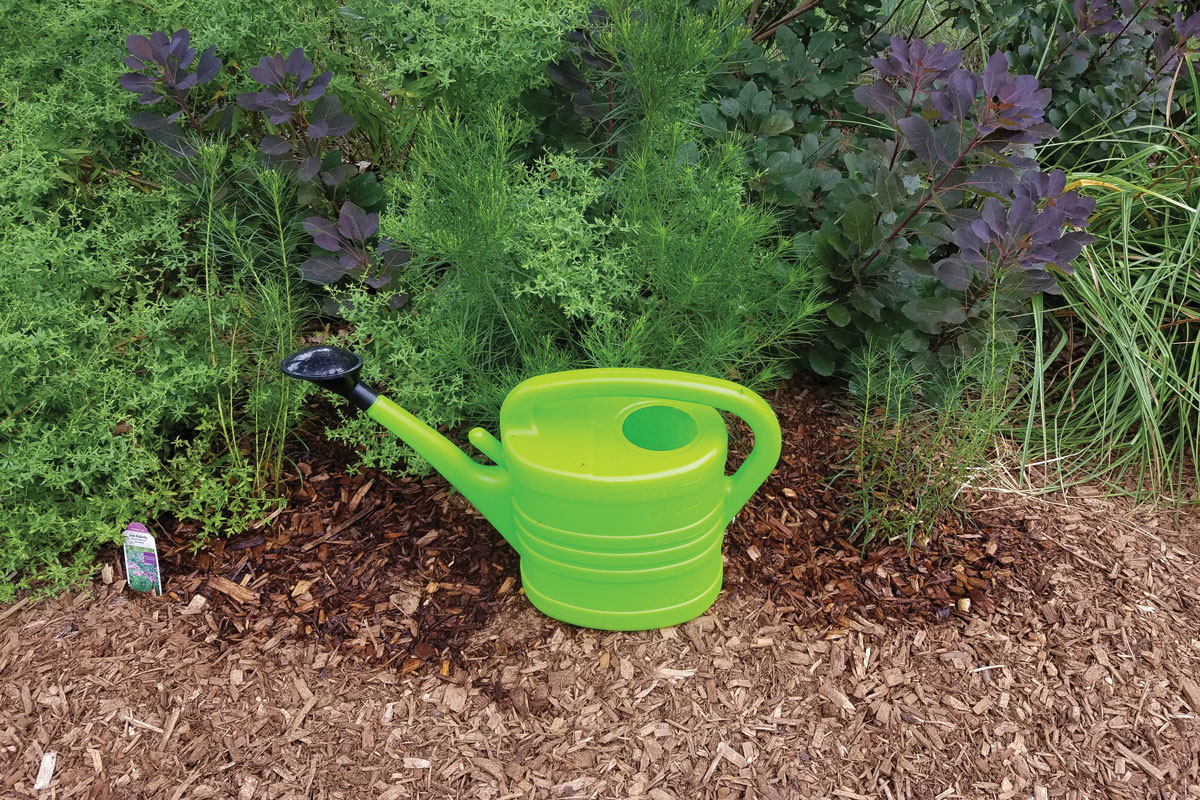Winning Tip: Propagating winter basil plants from cuttings
Before my basil plants succumb to freezing temperatures, I take several cuttings about 4 inches long and remove all but two or three of the leaves. I place the cuttings in a clear drinking glass with filtered water that I refresh every few days, and in less than two weeks the cuttings have enough roots to be planted. I use loose potting soil, water well, and keep the pots in a warm area with sunlight. It doesn’t take long for new leaves to appear on the rooted cuttings.
—Mary Crum, Holland, Pennsylvania
Bread-knife pruner
I’m the “sheriff” of the Bennington Flower Posse, which cares for over 75 Sass iris varieties. When it comes time to cut back the spent flower stalks, we’ve discovered that an 8-inch serrated bread knife works well and saves time and backs. After using hand pruners for many years, the Posse has found a great alternative.
—Ellen Dahlstet, Bennington, Nebraska
Satellites and software can help with garden record-keeping
What did I plant where? Google Maps is a good starting place to help keep track of what’s planted where in the garden. I started with a screen shot of my yard, going in as close as possible to get enough detail for my quarter-acre. I used Adobe Photoshop to turn my photo into a line drawing, then moved it to a word processing program where I could create shapes to block out the neighbors’ yards and create white space for writing. I then printed the drawing and started copying information onto it from my garden notebook. I used another printed copy to record when the sun arrived and left areas of the garden at different times of the year. I wish I had thought of this a long time ago.
—Barbara Downing Owen, Wellesley, Massachusetts

Set a visual reminder to water
If I need to move plants during a dry spell, I have found that regular watering greatly reduces the inevitable transplant stress. It is all too easy to forget to water, so instead of writing myself a note that will be misplaced, or setting a phone reminder that I will ignore, I fill a brightly colored watering can and set it next to the new transplants. As I go about my garden business, seeing the can reminds me to check on the transplants and to give them a drink if they need it. After about a week of this extra attention, the plants can usually transition to a more normal watering schedule.
—Angela Barnet, Littleton, New Hampshire
More:
